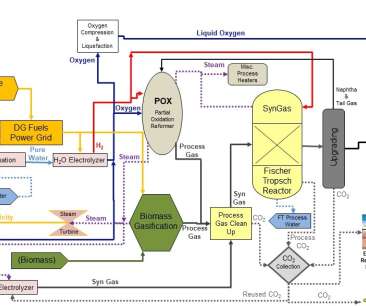Energy Vault to provide 1.6 GWh of gravity energy storage to support DG Fuels SAF projects
Green Car Congress
OCTOBER 31, 2021
Energy Vault, a company developing grid-scale gravity energy storage solutions, has entered into an energy storage system agreement with DG Fuels, a developer of renewable hydrogen and biogenic-based, synthetic sustainable aviation fuel (SAF) and diesel fuel. DG Fuels expects to complete its Louisiana SAF project by mid-2022.












Let's personalize your content